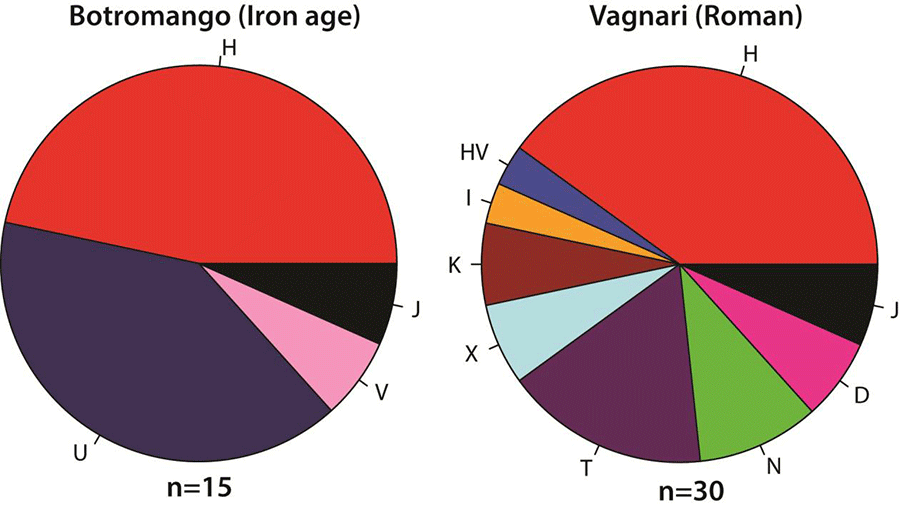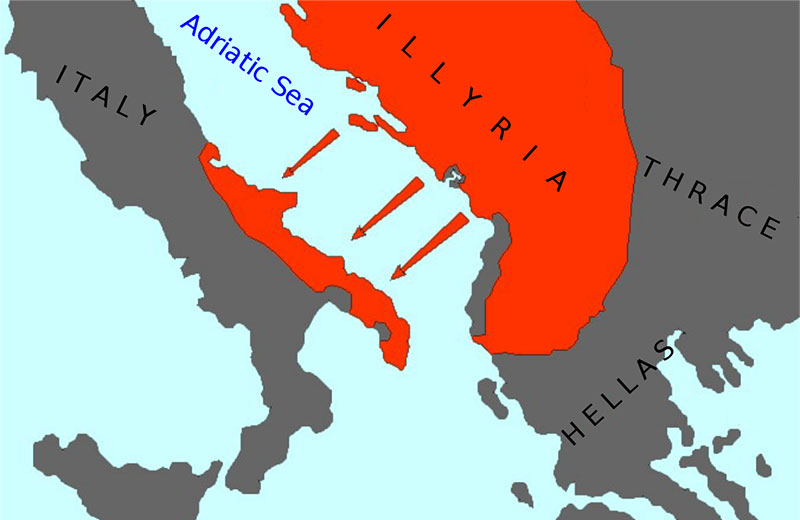Peucetians are an interest to me particularly, since they lived in my ancestral area of Italy.
Peucetians women from the
Tomb of the Dancers in Ruvo di Puglia.
Iron Age Botromagno is in their territory.
History says the Peucetains arrived with their Daunii around Foggia and started to absorb the Italic tribes there as well as moving south towards the heel of Italy......this was about circa 1000BC ................same time as the liburnians took Corfu as a colony as well as Picene lands ( Marche ) as colonies
You should check the Daunii on the internet to see if there is a reference to your peucetains
They only traded with Corfu ( Liburnian then Corinthian from 700bc ) and Butrint ( Epirote town and lands ) on the balkan side, other trades where with Italic tribes
In Iapyges was of unknown origin, but all the facts point to be Illyrian tribe.
They spoke the Messapian language with the
Messapians themselves were the southernmost of the tribe of the Iapyges.
Their other tribes included the Daunians and Peucetians.
The name Iapyges is derived from Greek authors who linked the tribes origin Daedaluss son Iapyx. They were called Apuli, Salento, Calabri and Sallentini or Roman authors. Iapygians were akin to the Oenotrians, an ancient Italic people who lived in Northern Basilicata and Calabria.
The genitive forms, -aihi - and -IHI - corresponding to the Sanskrit -Asya - and the Greek-OIO-, indicate that the dialect belongs to the Indo-European family. Other signs, such as the use of aspirated consonants, avoiding of the letters M and t as terminal sounds, show that the Iapygian dialect is significantly different from Italian and corresponds in some respects to the Greek dialects.
The hypothesis of a particularly close proximity between the Iapygian nation and the Hellenes finds further support in the frequent occurrence of names of Greek gods in the inscriptions and the surprising facility with which that people became Hellenized, presenting a striking contrast to the shyness in the respect of the other Italian States. Apulia, which at the time timey 400 BC was still described as a barbarous land, already in the sixth century become a province thoroughly Greek, although no direct colonization from Greece had taken place.
German historian of the 19th century, Theodor Mommsen believed that the Iapygian people were either old immigrants or the historical aborigines of Italy.








